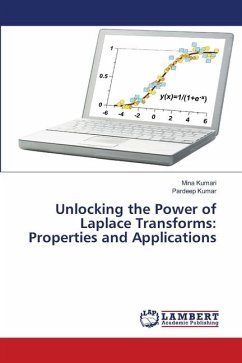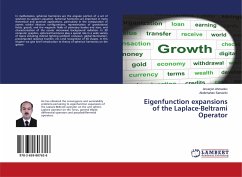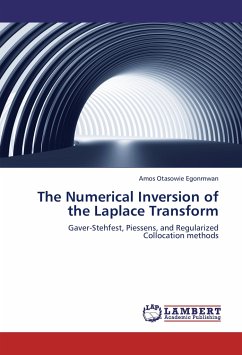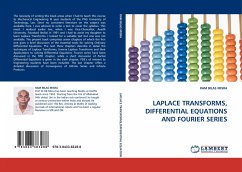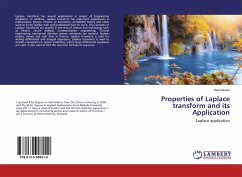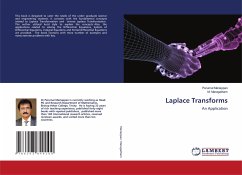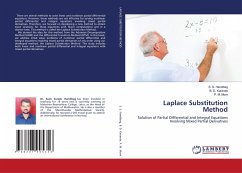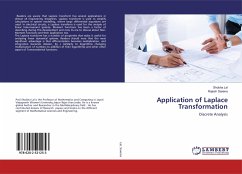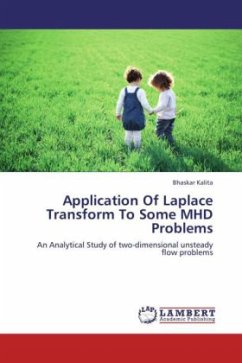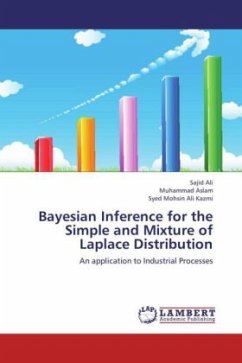
Bayesian Inference for the Simple and Mixture of Laplace Distribution
An application to Industrial Processes
Versandkostenfrei!
Versandfertig in 6-10 Tagen
52,99 €
inkl. MwSt.

PAYBACK Punkte
26 °P sammeln!
The scientific scuffle over Bayesian is less well known but lasted far longer, for 150 years. It concerned a broader and more essential issue: how we analyze facts, change our minds as we get new information, and make coherent decisions in the face of uncertainty. Bayes rule appears to be a frank, just one line theorem: by updating our preliminary viewpoint with objective new information, we get a new and enhanced confidence. To its adherents, it is an elegant statement about learning from experience. In this book we considered the homogenous and heterogeneous population for the Laplace lifeti...
The scientific scuffle over Bayesian is less well known but lasted far longer, for 150 years. It concerned a broader and more essential issue: how we analyze facts, change our minds as we get new information, and make coherent decisions in the face of uncertainty. Bayes rule appears to be a frank, just one line theorem: by updating our preliminary viewpoint with objective new information, we get a new and enhanced confidence. To its adherents, it is an elegant statement about learning from experience. In this book we considered the homogenous and heterogeneous population for the Laplace lifetime model. The Bayesian approach is used and model is analyzed using various informative and noninformative priors under different loss functions. This book can play a role of teacher for the practitioner(s) who wants to learn the elegant Bayesian methodology. Extensive references to journal articles and other technical literature should assist the reader in applying the methods described in this book. We hope that readers will enjoy this book.



